Into the multiverse of Satyajit

Satyajit Ray and his brilliance have been a quintessential part of Bengali cinema and its representation worldwide for decades. Talking about why and how his masterpieces are legendary never seems enough, and perhaps it never will be.
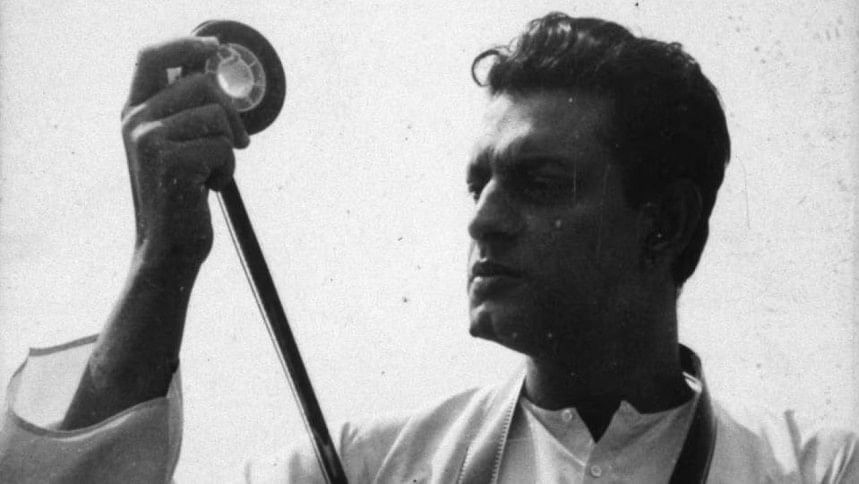
However, how Ray influences individuals as filmmakers or writers is an entirely different discussion. Ray may not be a household name for every Bengali family across the globe, but he has been an integral part of the lives of the ones he has influenced over the years.

Though I don't remember exactly when I was introduced to Ray, however, it was in my early childhood through his literary universe– primarily through the character Feluda.

Feluda is the only detective I was obsessed with in my childhood—maybe I still am now. I discovered other global fictional detective legends later, too, but no one else quite holds the weight Feluda does, even now.
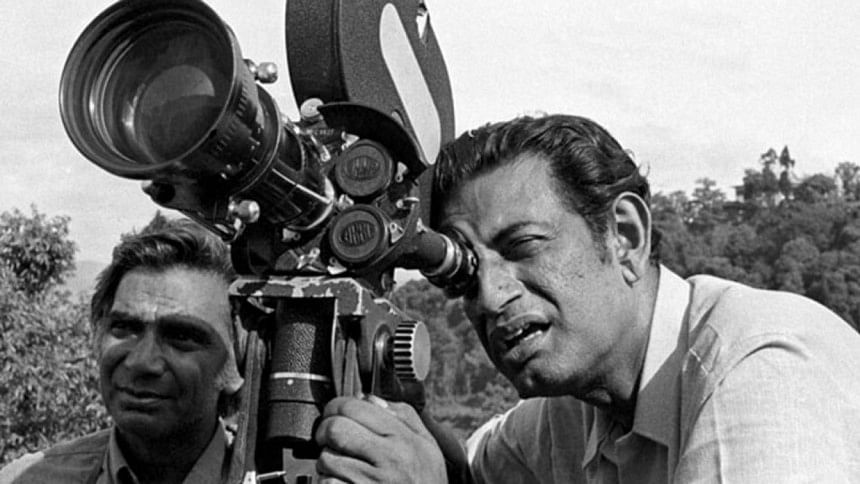
I remember spending hours imagining scenarios of Feluda, Topshe, and Jatayu solving crimes together—sometimes in places around Bangladesh and sometimes with a female sidekick around. It was my own world of Feluda and was perhaps my very first experience in imagination and storytelling.
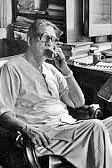
It is more of a nostalgia, more of a familiarity with the characters, that makes me keep coming back to them.
The way Professor Shonku taught us 90s kids about science, no other literary character has managed to imbibe that curiosity. A lot of my curiosity and fascination for science started with Shonku. I formed certain specific friendships in my school days based on the "Shonku" or "Feluda" fandom, and these moments are still etched firmly in my memories.

Ray was the first significant filmmaker in Bengal to start making films specifically with a children's audience in mind. Two of his iconic musical films, "Goopy Gyne Bagha Byne" in 1969 and the sequel "Hirak Rajar Deshe" (The Kingdom of Diamonds) in 1980, created an entirely new genre of filmmaking.

The first film, based on his grandfather Upendrakishore's short story, "Goopy Gyne Bagha Byne", featured the famous dance of the ghosts. Later in "Hirak Rajar Deshe", the moment of being amused by a terrified Goopy pleading with a tiger to a raga-inspired melody is my earliest Ray cinematic universe memory.
I remember the first time I saw the movie. My mother explained how this movie is not just for children but an actual portrayal of our political system. Though I did not see the social and political aspect then, later, as I grew up, I was awestruck by Ray's multi-layered storytelling mastery.

In each different time of my life, each of his films uncovered layers of reality for me. The iconic "Dori Dhore Maro Taan, Raja Hobe Khan Khan"– as a child was just an amusing line, but later, this simple sentence and the significance of this scene unlocked a critical understanding of politics and social justice. The film was filled with coded messages, musical elements, inspirational dialogues, and quirky scenes, making it a favourite among both children and adults.

As a child fascinated by Ray's literature at the time, I always wondered and even blamed Ray for not having female characters in his literature. Years later, I did discover the undeniable power of women's role in his cinema.

What Ray's literature lacked in women's perspective, he made up for significantly in his films. Each and every Ray film (apart from the fictional ones) had simple, real female characters who were absolutely vital to the story. Growing up, these female characters taught me a lot about empowerment, emotions, and worldly experiences, shaping my perspectives of the world.

Ray's stories are about human beings, relationships, and social problems. Though he has a reputation for making films only for the elite class, everyone can relate to the stories he told us through his lens.
Ray's storytelling mastery has always been defined by his most popular films, but each film taught me something about storytelling itself, how a story can be told even through the simplest scenes, with real, profound, day-to-day characters.
In his less popular short film, "Two", released in 1964, he painted a clear picture of class division in our society, highlighting the disparity between the rich and the poor. In just 12 minutes, the film, which has no dialogue, features only two children playing with their toys. A poor child's sense of defeat and a rich child's sense of pride were captured perfectly in the film, sending a profound message to viewers.

In my early twenties, I read Bijoya Ray's autobiography, "Manik and I: My Life with Satyajit Ray". I shut out the world for days, engrossing myself in the story of this filmmaker's life, the actual behind-the-scenes of the films, and Ray as a person.
It was not just the stories; it was how he told them that always mattered more to me.
From early childhood to early adulthood, the inspiration and motivation I got from Ray as a storyteller shaped my own ideologies as a person and an aspiring storyteller. Ray's simple yet powerful narratives of daily life inspired me to dedicate my life to telling real stories.
Though Ray's stories in literature and films are fictional, they are authentic portrayals of our lives, surroundings, and ever-changing experiences.
Considered one of the greatest artists of all time and a natural observer of human life, Ray will continue to teach us about existence and love through his films and literary works for generations to come. He is truly a legend in the world of cinema and literature.
Every year, on Ray's birthday, I pay my tributes by writing about him and his brilliance. Over the years, I have discovered Ray in multitudes of layers, and each year around this time, diving into his world has given me much-needed perspective about everything, but most importantly, the power of stories.
On the master storyteller's birth anniversary, I honour him with his own words– Maharaja Tomare Selam.

 For all latest news, follow The Daily Star's Google News channel.
For all latest news, follow The Daily Star's Google News channel. 

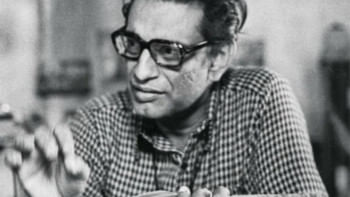


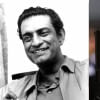






Comments